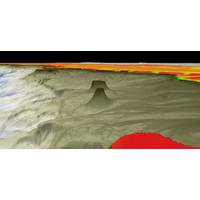
Ocean Discovery: 500m Tall Coral Reef Discovered in the Great Barrier Reef
. In April, scientists discovered the longest recorded sea creature, a 45m siphonophore in Ningaloo Canyon, plus up to 30 new species . In August, scientists discovered five undescribed species of black coral and sponges and recorded Australia’s first observation of rare scorpionfish in the Coral Sea and Great Barrier Reef Marine Parks. And the year started with the discovery in February of deep sea coral gardens and graveyards in Bremer Canyon Marine Park.“To find a new half-a-kilometer tall reef in the offshore Cape York area of the well-recognized Great Barrier Reef shows how mysterious
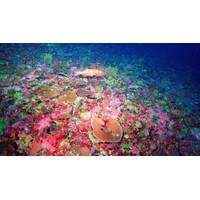
New Corals Discovered at Great Barrier Reef
five undescribed species consisting of black corals and sponges and recorded Australia’s first observation of an extremely rare fish. They also took critical habitat samples that will lead to a greater understanding of the spatial relationships between seabed features and the animals found in the Coral Sea.The complex and scientifically challenging research was completed aboard Schmidt Ocean Institute’s research vessel Falkor, on its fourth expedition of the year, as part of the Institute’s Australia campaign. Using a remotely operated underwater vehicle (ROV) to view high-resolution
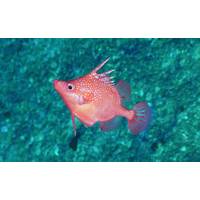
SOI: Amidst Pandemic, Seafloor Mapping Zooms Ahead
Scientists working remotely with Schmidt Ocean Institute (SOI) have completed a first look at deep waters in the Coral Sea, despite the continuing COVID-19 pandemic. As one of the only at-sea science expeditions to continue operations, the team has discovered the deepest living hard corals in Eastern Australian waters, sighted fish in new regions and identified up to 10 new marine species.SOI’s R/V Falkor spent the 46 days in the Coral Sea Marine Park, one of the largest protected areas in the world. Scientists connected remotely to the ship from their homes, collecting high-resolution seafloor
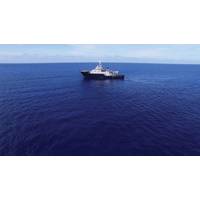
Wreckage of USS Wasp CV-7 Discovered
Jan. 14, was sunk Sept. 15, 1942, by four Japanese torpedoes from the Japanese submarine I-19 while escorting transports carrying the Seventh Marine Regiment to Guadalcanal as reinforcements. Of the 2,162 on board, 176 were killed as a result of the attack. The sunken aircraft carrier was found in the Coral Sea, 4,200 meters (nearly 14,000 feet) below the surface.“Paul Allen’s passion for U.S. history lives on through these missions. He was dedicated to honoring the brave men who fought for our country,” said Robert Kraft, director of subsea operations for Vulcan Inc. “Paired with
Greensea Aids Historical Shipwreck Discoveries
The expedition crew aboard Paul G. Allen owned research vessel Petrel has continued it string of high-profile shipwreck discoveries. The crew found the USS Lexington on March 4, resting 3,000 meters below the surface on the floor of the Coral Sea more than 500 miles off the eastern coast of Australia. The discovery was quickly followed by the sighting of the USS Juneau on March 17, 4,200 meters subsea off the coast of the Solomon Islands. Tasked to research, explore and survey historic warships and other important artifacts, the 250-foot R/V Petrel is fitted with state-of-the-art technologies
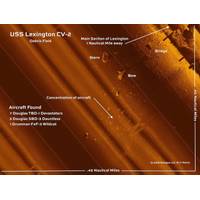
EdgeTech Sonar Utilized in Search of the USS Lexington
scan sonar technology was once again used by the Research Vessel Petrel and Paul Allen’s talented team in the discovery of the USS Lexington. The USS Lexington, one of the first aircraft carriers built and commissioned by the United States of America, was sunk during the Battle of the Coral Sea in 1942 off the coast of Australia. The wreckage was discovered in approximately 3,000 meters of water. EdgeTech side scan sonar systems provide operators the ability to image large areas of the sea floor during important deep-water searches when the whereabouts of sunken objects are largely unknown
BMT WBM Supports AQUIS Great Barrier Reef Resort Project
;island’. The project also includes an 18 hole championship golf course and a sports and recreation precinct as well as an environmental management and conservation precinct. The AQUIS Resort development also involves major infrastructure including a seawater exchange system connected to the Coral Sea to maintain water quality in the lake. BMT has designed the lake circulation and water quality management system using leading edge TUFLOW FV modelling, verified through an intensive field monitoring campaign carried out in crocodile infested waters by BMT staff. Detailed numerical flood


 February 2025
February 2025





